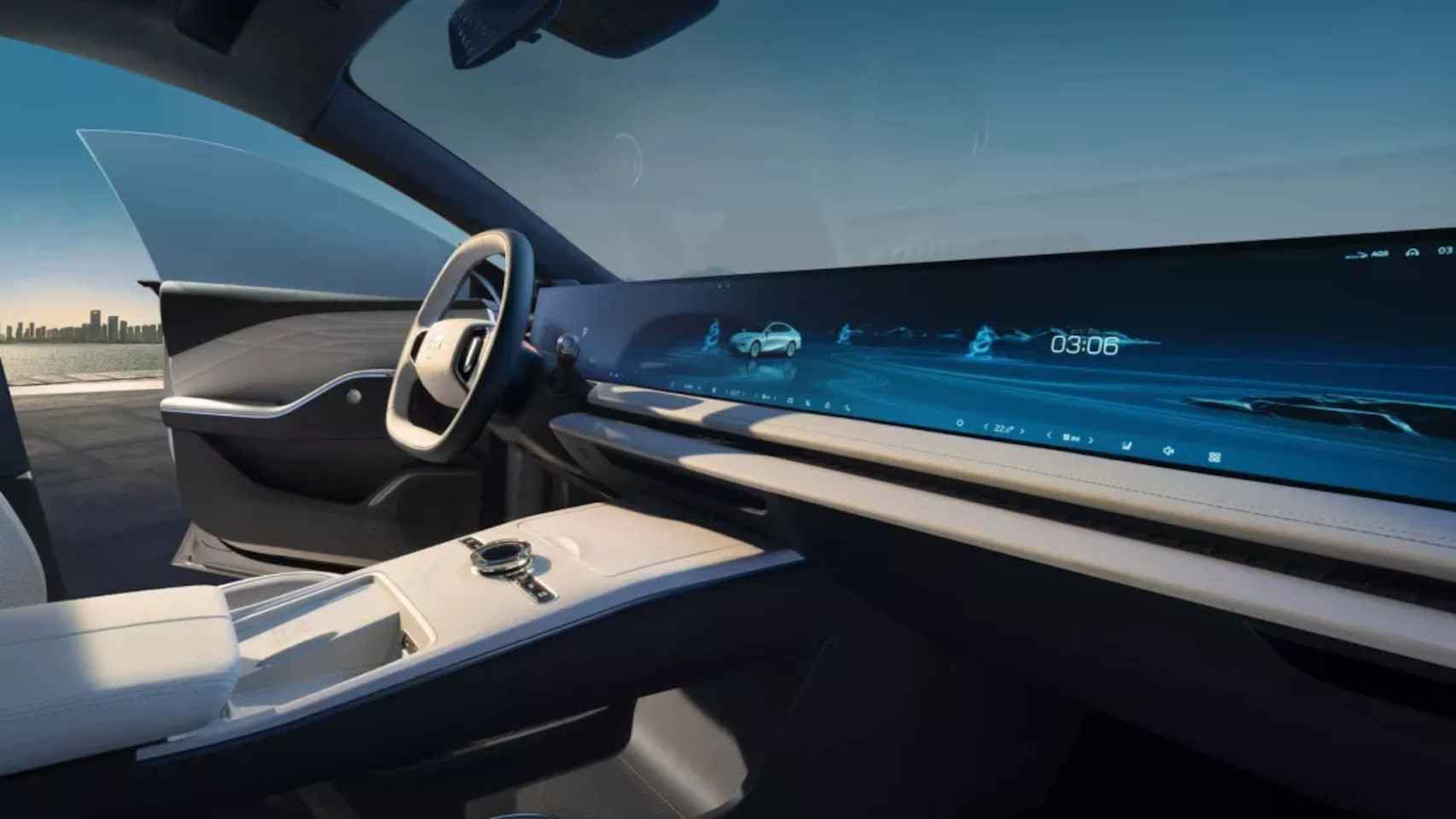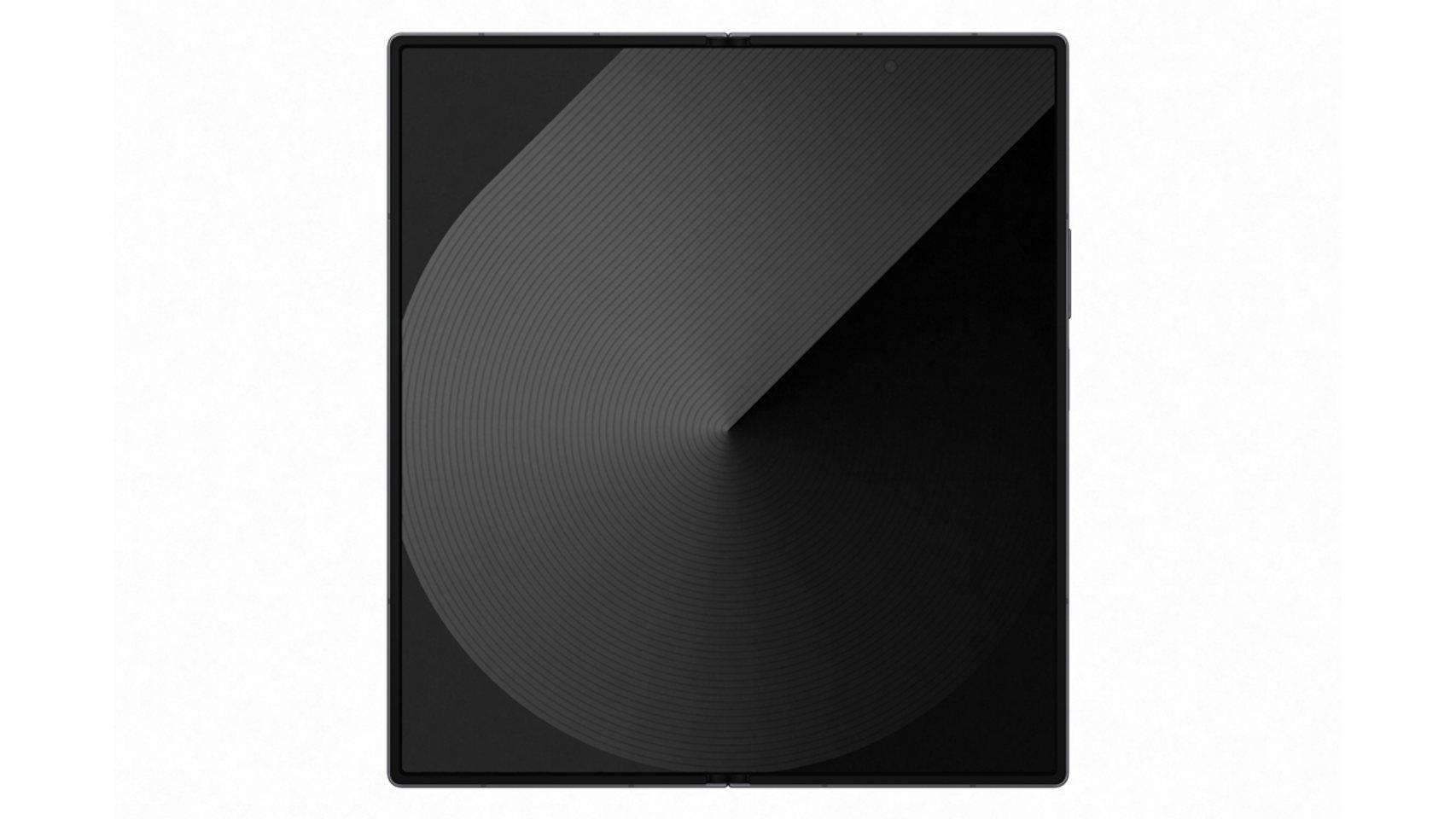Car touchscreens are at the center of controversy. Some voices claim that these screens are not safe and can cause accidents; while many drivers simply miss the times when they could change anything with the press of a button, rather than having to “get lost” in the system’s menus.
Some manufacturers have responded to these voices, each in their own way. GM chose to remove Android Auto from its screens, saying mobile connection stability issues could cause accidents. Other brands have recovered buttons for basic functions, such as climate control or music control; But there are also many others who, far from changing their minds, have reaffirmed their attachment to screens in cars.
The most energetic was Mercedes-Benz which, during the last CES in Las Vegas, confirmed that all Their future models will have more and larger screens; to the point that in some cases the screen will extend from one end of the dashboard to the other. In this way, all functions of the car will be controlled and displayed via a screen, including functions dedicated to the passenger.
Mercedes’ MBUX Hyperscreen will be present on all its models
Mercedes-Benz already offers a similar screen, called MBUX Hyperscreen, in its electric models, but has now confirmed that it will also reach combustion engine and hybrid models. The company says it’s a “shocking experience,” thanks to the innovation that allowed install several screens under the same glass
One of the products that attracted the most attention at CES was precisely a gigantic 45 inch screen for the car developed by BOE. This manufacturer specializes in mobile screens, but also has a foot in the automotive sector thanks to alliances with Chinese manufacturers like Geely; Its new electric model, the Galaxy E8, will have this new screen to draw attention to the mid-range.
The screen of the new Geely car is 45 inches and takes up the entire dashboard
Indeed, this giant screen is not designed for a “premium” car, but for a car which will only cost 25,000 dollars in exchange; In fact, BOE has managed to reduce manufacturing costs, since the panel uses fewer components than other multi-screen installations and consumes 30% less. The screen is based on a OLED panel with 9K resolution and a refresh rate of 90 Hz.
Ironically, it may be that the cheapest cars are starting to use these types of gigantic screensbecause they offer a very striking and simple experience, while the more expensive models, aimed at enthusiasts, recover the traditional buttons and dials.
This may interest you
Follow topics that interest you










